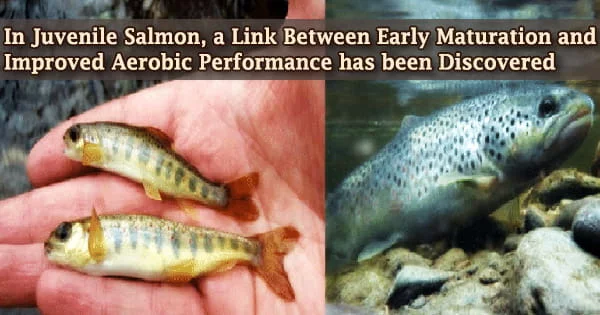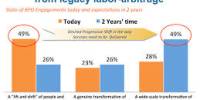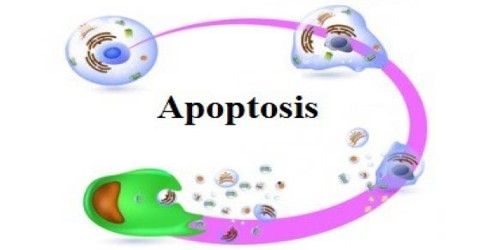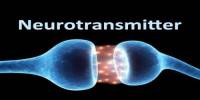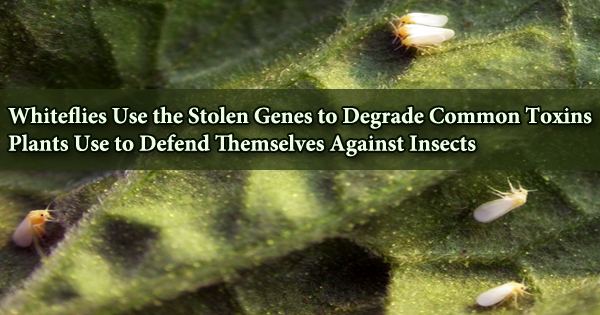Early sexual maturation and excellent aerobic performance in salmon have a genetic relationship that is already visible in juvenile fish, according to a study done at the University of Helsinki.
Between birth and adulthood, juvenile fish go through several stages. Fry and fingerling are names that can be used to describe young fish from a variety of species. However, certain fish species have juvenile growth stages that are unique to them.
Salmon are born in rivers, migrate to the sea to mature, and then return to their birthplace to spawn. While salmon that attain maturity at a young age return to the sea after a year, those that take longer to mature can stay two years or even longer at sea.
Salmon are native to the North Atlantic (genus Salmo) and Pacific Ocean (genus Oncorhynchus). Many salmon species have been introduced into non-native habitats such as North America’s Great Lakes and South America’s Patagonia. In many regions of the world, salmon are intensively farmed.
Salmon genomic regions that substantially affect the number of years spent at sea have been discovered. Researchers from the University of Helsinki raised a significant number of young fish that differed based on two such zones under the guidance of Academy of Finland Research Fellow Tutku Aykanat.
Salmon that have spent several years at sea and mature at a later date are considerably larger and produce a larger number of offspring when they return to spawn compared to salmon that spawn after only one year at sea. Now, it would be important to determine whether these salmon are more susceptible to global warming due to their poorer aerobic performance. Higher water temperatures increase the energy needs of fish, but the limitations of aerobic performance make adaptation to high temperatures challenging. Aerobic performance can become an increasingly important factor for salmon in warming habitats.
Jenni Prokkola
Prior to the start of the maturation process, the researchers examined the juvenile salmon’s baseline metabolism and aerobic ability. Carriers of gene variations linked to early sexual maturation were shown to have superior aerobic performance than individuals carrying variants linked to late sexual maturation.
The metabolic capacity to produce energy through aerobic cellular respiration, such as in muscles, is referred to as aerobic performance. The word “salmon” derives from the Latin salmo, which could have arisen from the word salire, which means “to leap.”
The nine commercially important salmon species are divided into two genera. The Atlantic salmon, which can be found in the North Atlantic, belongs to the genus Salmo, as are many other species known as trout.
“Greater aerobic performance can promote early maturation, since growth, food supply, and reproduction require energy produced through aerobic metabolism,” says Postdoctoral Researcher Jenni Prokkola from the Faculty of Biological and Environmental Sciences, University of Helsinki.
The amount of food available to the salmon had no effect on the genetic linkage of age-at-maturity and performance, indicating that the findings may be applied to both wild and farmed salmon populations.
“Salmon that have spent several years at sea and mature at a later date are considerably larger and produce a larger number of offspring when they return to spawn compared to salmon that spawn after only one year at sea. Now, it would be important to determine whether these salmon are more susceptible to global warming due to their poorer aerobic performance. Higher water temperatures increase the energy needs of fish, but the limitations of aerobic performance make adaptation to high temperatures challenging. Aerobic performance can become an increasingly important factor for salmon in warming habitats,” Prokkola says.
Understanding changes in salmon populations necessitates research into the genetic and physiological factors that influence age at sexual maturity.
